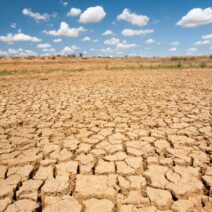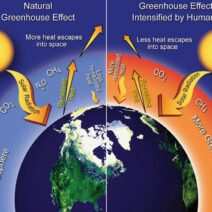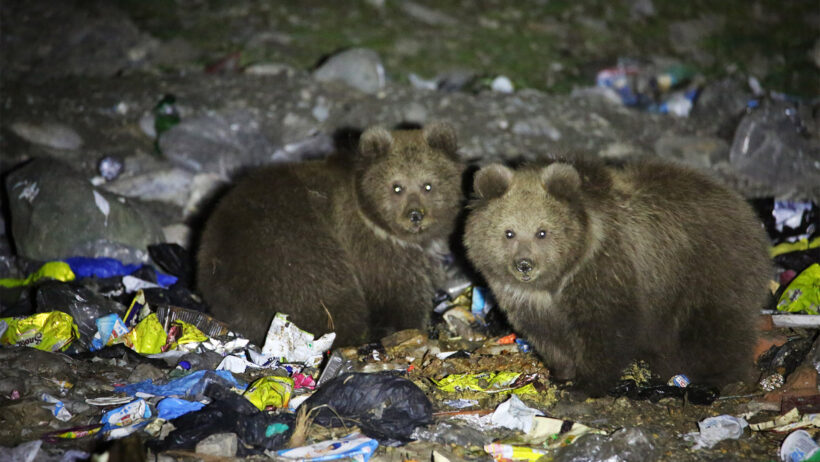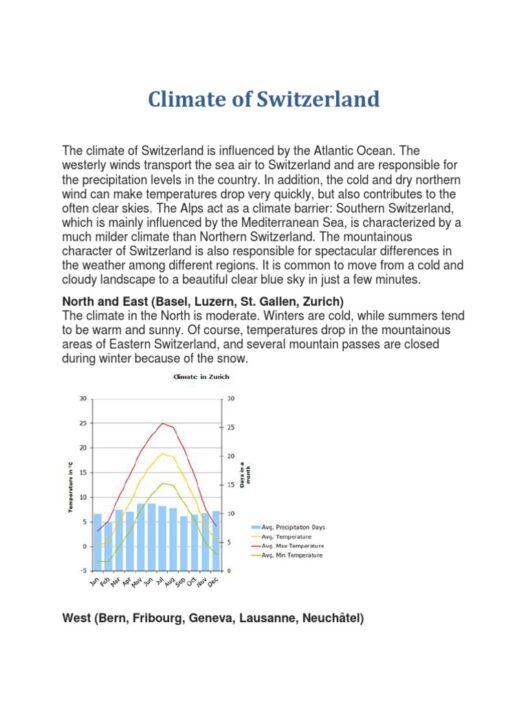In recent decades, the intricate web of life in temperate ecosystems has been profoundly affected by climate change. This phenomenon, characterized by rising temperatures, altered precipitation patterns, and an increase in extreme weather events, is reshaping not just the climate but also the very fabric of wildlife communities residing within temperate regions. Understanding the nuances of these changes is imperative for developing comprehensive conservation strategies.
Temperate fauna comprises a remarkable array of species adapted to the moderate climates of mid-latitude regions. From robust deer to elusive bears, the wildlife inhabiting these areas has long been celebrated for its biodiversity. However, these species now face unprecedented challenges as their habitats undergo significant transformations due to anthropogenic climate factors. The urgency of the situation necessitates a fresh perspective—one that appreciates the intricate interdependencies between climate systems and wildlife.
In temperate environments, the impacts of climate change manifest through various pathways. Initially, one might observe shifts in species distribution. Many animal populations are migrating northward or to higher altitudes in response to rising temperatures. This trend has been documented amongst various fauna, including avian species that rely on specific temperature ranges for breeding success. Notably, the black-capped chickadee and other songbirds are changing their migratory patterns, leading to mismatches in breeding times and resource availability.
Moreover, altering precipitation patterns have essential consequences for temperate ecosystems. Some areas may experience increased rainfall, leading to flooding and habitat degradation. Conversely, other regions may suffer from drought conditions, adversely affecting the availability of water sources critical for terrestrial wildlife. These shifts not only threaten individual species but can also destabilize entire ecosystems, creating cascading effects that are challenging to quantify. Many mammals, including deer and foxes, have adapted their foraging behaviors in response to these changes, often at the expense of their reproductive success.
Phenology, or the study of seasonal biological events, is another crucial aspect in the climate change narrative. Disruption of seasonal cues related to temperature and sunlight can lead to asynchrony between flora and fauna. While flowering plants may bloom earlier due to warmer springs, herbivores that feed on these plants may not alter their life cycles at the same rate. The result can be detrimental; insufficient food availability during critical growth periods can hinder young animals’ survival rates, ultimately affecting population dynamics.
However, not all effects of climate change are detrimental. Some species exhibit remarkable resilience and adaptability. For instance, certain insects, such as the common blue butterfly, have demonstrated an ability to thrive in modified environments, which allows them to expand their range. Similarly, the opportunistic nature of raccoons has seen them flourish in urban areas, even as traditional habitats face encroachment. These examples challenge the notion that all temperate fauna are doomed; rather, they highlight the complexity of adaptation and the variability of responses within species.
Human activities intersect poignantly with wildlife resilience. Habitat fragmentation due to urbanization and agriculture intensifies the challenges faced by temperate fauna. As natural corridors are disrupted, animals lose critical migration routes, making it increasingly difficult for species to find suitable habitats and mate. Conservation efforts must prioritize maintaining these corridors and ensuring safe passages for wildlife. Moreover, climate change adaptation must be integrated into land use planning to mitigate adverse impacts on wildlife.
The symbiotic relationship between climate, wildlife, and human activity suggests an urgent need for innovative conservation approaches. A multifaceted strategy, encompassing habitat restoration, connectivity enhancement, and public education, can be indispensable. Engaging local communities in conservation efforts fosters a sense of stewardship and allows for local knowledge to inform climate adaptation strategies. Additionally, technological tools such as wildlife tracking and remote sensing can provide valuable data, aiding in understanding wildlife movements and habitat use under changing climatic conditions.
Educating the general public on the intricacies of wildlife transitions due to climate change is equally crucial. A well-informed populace can contribute to grassroots movements advocating for sustainable policies. Awareness campaigns focused on the impact of climate change on local wildlife can elicit fundamental changes in behavior and inspire collective action. For instance, promoting responsible land use practices and reducing carbon footprints can collectively mitigate climate impacts on wildlife.
Furthermore, understanding the cultural significance of wildlife enhances its value in conservation discourse. Many species symbolize cultural identities, and their decline can resonate deeply within communities. By intertwining ecological and cultural narratives, conservationists can strengthen the emotional connections between people and the natural world, fostering active commitment to protecting fraught ecosystems.
In conclusion, the narrative of temperate fauna in transition encapsulates the delicate interplay between climate change and wildlife dynamics. The significant shifts in species distribution, phenological mismatches, and habitat alterations highlight the pressing need for adaptive management strategies. Yet, amid these challenges, there lies potential for resilience. By fostering community engagement, employing innovative conservation techniques, and enhancing public education, there exists a profound opportunity to reimagine our relationship with the natural world. The promise of a sustainable future for temperate fauna hinges on the collaborative efforts of individuals, communities, and policymakers committed to understanding and addressing the repercussions of climate change.





